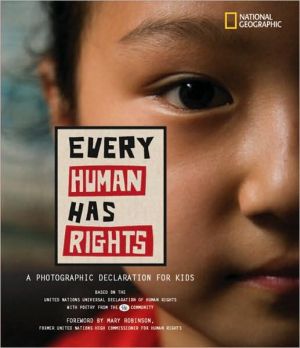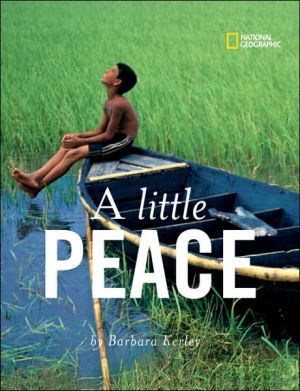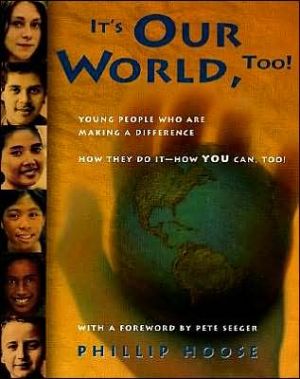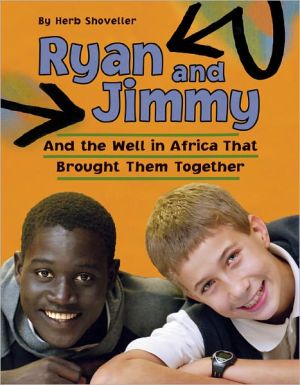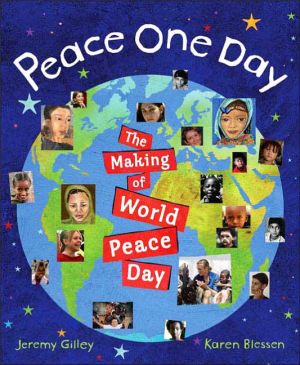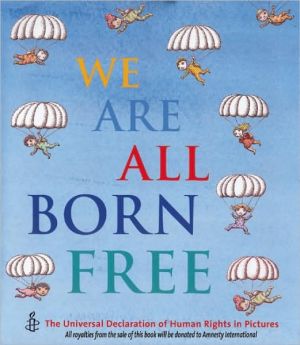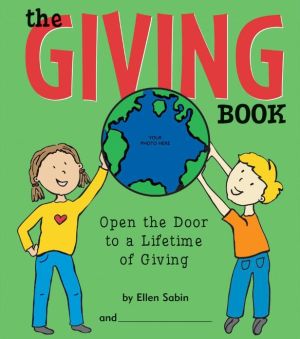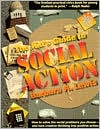Every Human Has Rights: A Photographic Declaration for Kids
The 30 rights set down in 1948 by the United Nations are incredibly powerful. According to the U.N., every human–just by virtue of being human–is entitled to freedom, a fair government, a decent standard of living, work, play, and education, freedom to come and go as we please and to associate with anyone we please, and the right to express ourselves freely. Every Human Has Rights offers kids an accessibly written list of these rights, commentary–much of it deeply emotional–by other kids, and...
Search in google:
The 30 rights set down in 1948 by the United Nations are incredibly powerful. According to the U.N., every human–just by virtue of being human–is entitled to freedom, a fair government, a decent standard of living, work, play, and education, freedom to come and go as we please and to associate with anyone we please, and the right to express ourselves freely. Every Human Has Rights offers kids an accessibly written list of these rights, commentary–much of it deeply emotional–by other kids, and richly evocative photography illustrating each right. At the end of this deceptively simple book, kids will know–and feel–that regardless of individual differences and circumstances, each person is valuable and worthy of respect.School Library JournalGr 5-9 It can be a challenge to understand the purpose of the United Nations Universal Declaration of Human Rights and what it means. As former United Nations High Commissioner for Human Rights Mary Robinson writes in her introduction, "We all believe in freedom, but what exactly does 'freedom' mean?" Accompanied by poems written by students from around the world and photographs that are sometimes startling and heartbreaking, sometimes invigorating and hopeful, the book reviews the 38 rights covered in the declaration. The first one, "All human beings are born free and with the same dignity and rights," inspires a poem from Mother Earth to her children written by an 18-year-old girl, and is paired with a black-and-white photograph of a two-week-old infant. Speaking to children with the notion that learning means understanding rather than memorizing, this book impresses on students that they should always be searching for the definition of freedom, and what human rights really mean to everyone.-Sarah O'Holla, Village Community School, New York City
\ School Library JournalGr 5-9\ It can be a challenge to understand the purpose of the United Nations Universal Declaration of Human Rights and what it means. As former United Nations High Commissioner for Human Rights Mary Robinson writes in her introduction, "We all believe in freedom, but what exactly does 'freedom' mean?" Accompanied by poems written by students from around the world and photographs that are sometimes startling and heartbreaking, sometimes invigorating and hopeful, the book reviews the 38 rights covered in the declaration. The first one, "All human beings are born free and with the same dignity and rights," inspires a poem from Mother Earth to her children written by an 18-year-old girl, and is paired with a black-and-white photograph of a two-week-old infant. Speaking to children with the notion that learning means understanding rather than memorizing, this book impresses on students that they should always be searching for the definition of freedom, and what human rights really mean to everyone.-Sarah O'Holla, Village Community School, New York City\ \ \ \ \ \ Kirkus Reviews"1. All humans are born free with the same dignity and rights. / 2. Everyone has the same rights. . . . " Here each of the 30 principles of the Universal Declaration of Human Rights has been restated in simple language and set among both striking photographs-mostly of children or family groups-and brief, poetic comments from the 16 young winners of an international writing contest sponsored by the online community ePals. Opening with a provocative introduction by rights advocate Mary Robinson and closing with the original document's full text, this commemoration of the Declaration's 60th anniversary joins We Are All Born Free: The Universal Declaration of Human Rights in Pictures (10/08) in providing pointed reminders, both verbal and visual, that the work of bringing equal human rights to all is not yet done-anywhere in the world. Where the earlier work is illustrated by a pantheon of artists and included a fair degree of whimsy, this effort is solemn-each is effective in its own way, though this may work better with an older audience. (index, reading and website lists) (Informational picture book. 10-13)\ \
